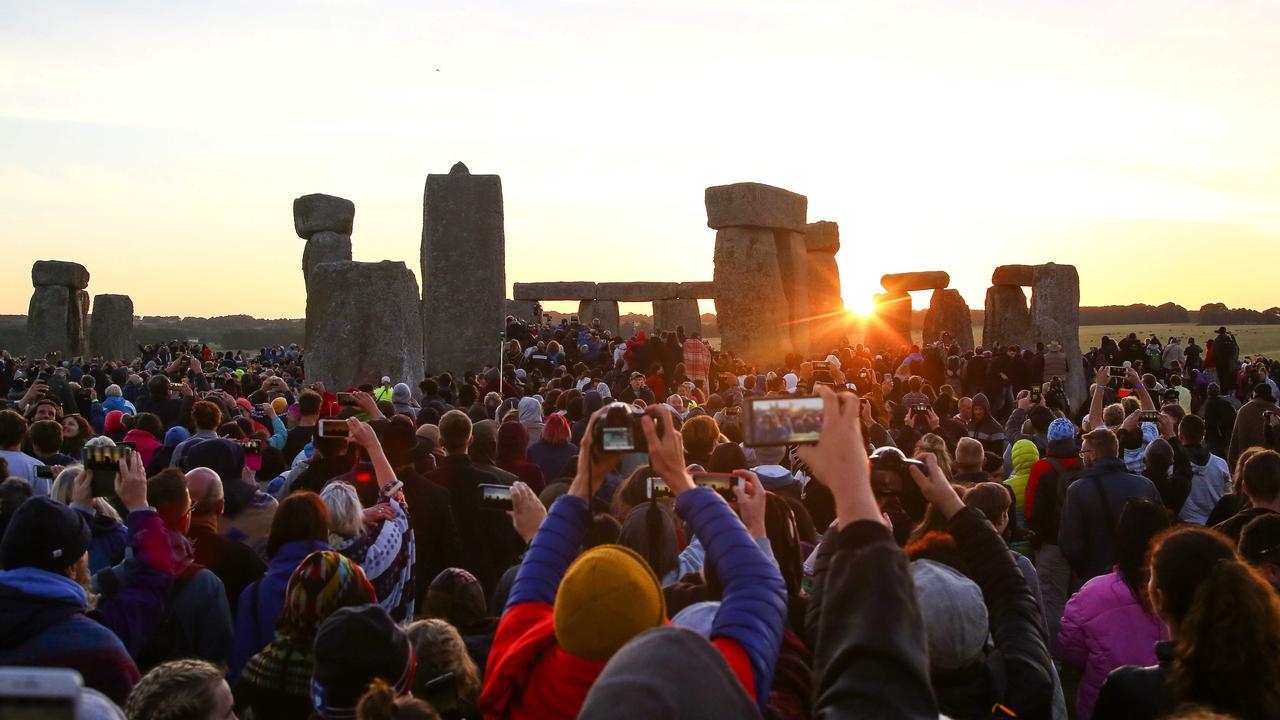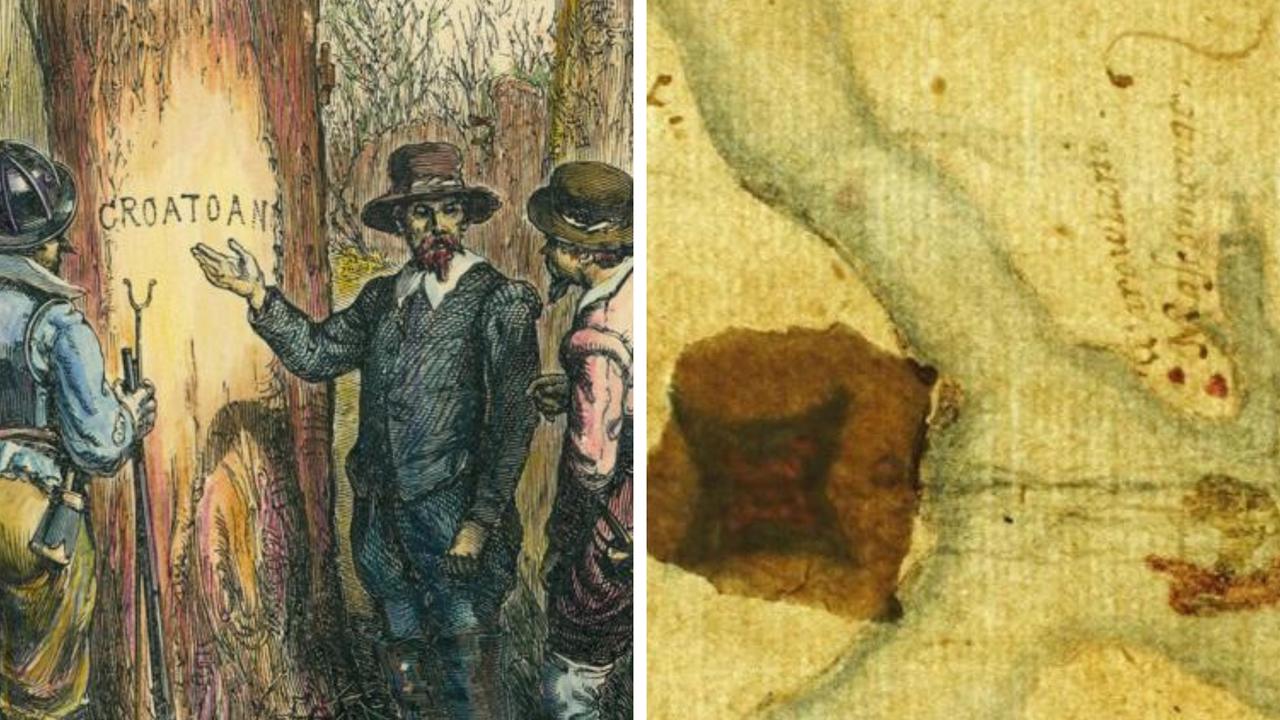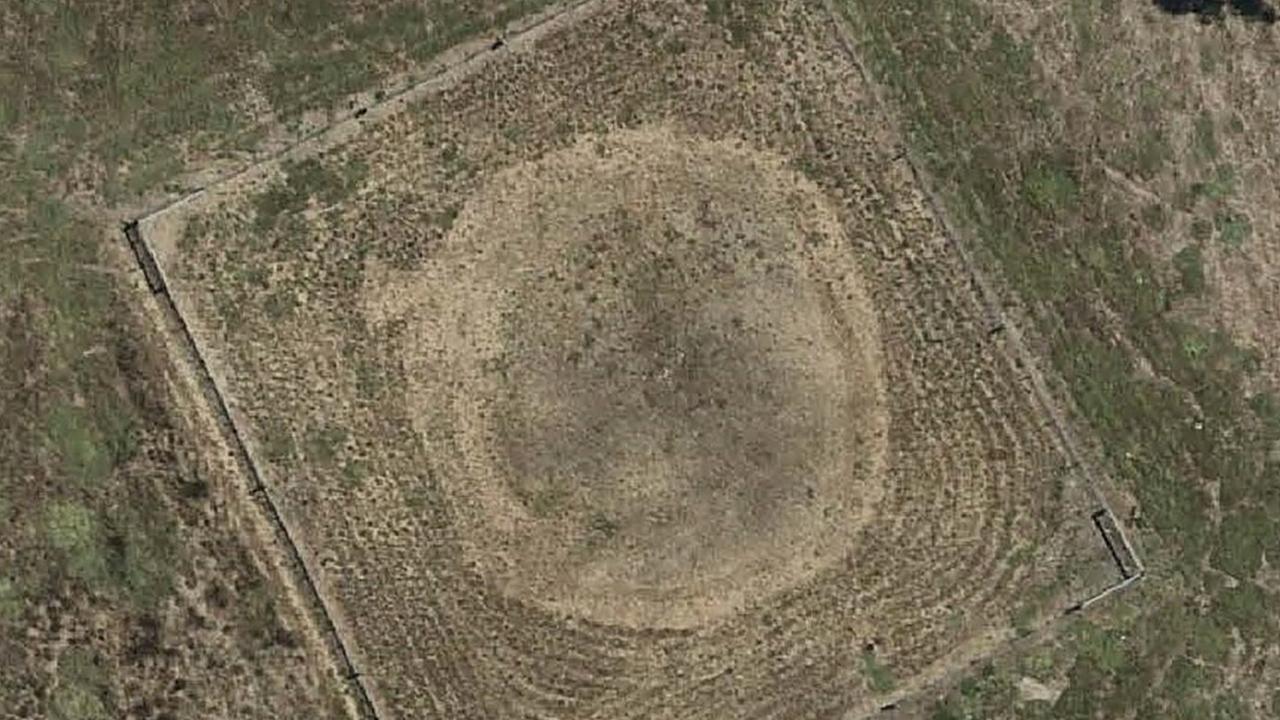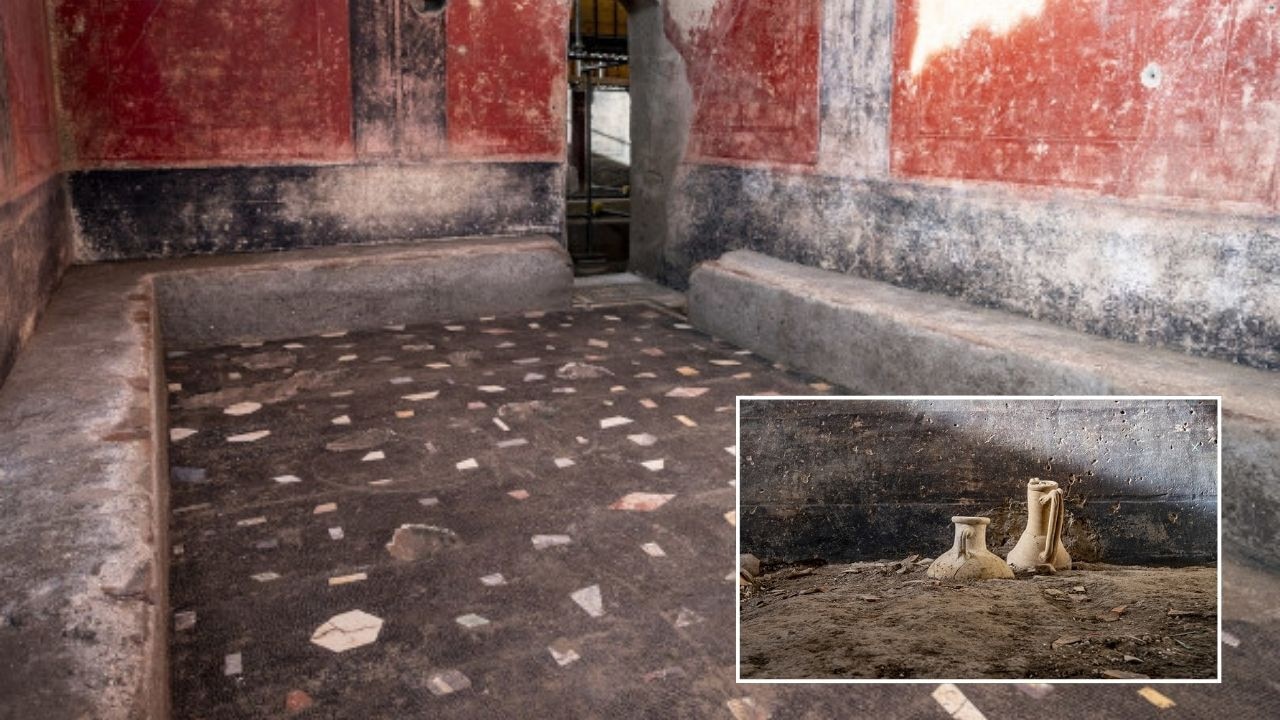Revellers travelled from afar for ancient Stonehenge feasts, bone analysis shows
Stonehenge has long been a source of fascination among archaeologists, and new research shows the social significance of the famous site.
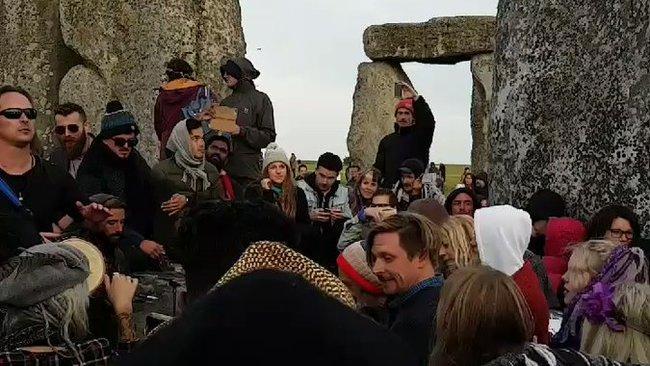
Stonehenge has long been a source of fascination among archaeologists, and new research shows the famous site was once the meeting ground for wild raves that lured people from all over prehistoric England.
It’s clear ancient humans liked a party just as much as we do, and they went to some serious efforts to make them happen.
The unique study suggests people travelled for hundreds of kilometres to make a Stonehenge party some 4000 years ago, coming from as far away as Scotland, northeast England and west Wales.
That’s the conclusion reached by scientists who analysed the discarded bones of home-reared pigs that are believed to have been brought to the massive gatherings.
Researchers examined the bones of 131 pigs from four Late Neolithic sites serving the famous stone circle monuments at Stonehenge and Avebury. Chemical signals in the bones from the food and water the animals consumed identified the geographical areas where they were raised.
Stonehenge is one of the best-known prehistoric monuments in Europe, and the research provides a glimpse into its social importance among earlier humans.
“This study demonstrates a scale of movement and level of social complexity not previously appreciated,” explained lead researcher Dr Richard Madgwick, from the University of Cardiff.
“These gatherings could be seen as the first united cultural events of our island, with people from all corners of Britain descending on the areas around Stonehenge to feast on food that had been specially reared and transported from their homes.”

There is a risk in the research about whether pigs are good proxies for humans, but given how difficult pigs are to transport over long distances compared with other animals, researchers are confident in their findings. It shows a dedication to the feast, researchers say.
“Pigs are not nearly as well-suited to movement over distance as cattle and transporting them, either slaughtered or on the hoof over hundreds or even tens of kilometres, would have required a monumental effort,” Dr Madgwick said.
The research was published in the journal Scientific Advances and adds to our understanding of the cultural importance of the Neolithic henge complexes of southern Britain.
“Their importance as ceremonial centres is evidenced by the resources invested in their construction and those expended during the feasts they hosted,” researchers wrote.
“These events were unrivalled in earlier periods and rarely paralleled even after the Roman invasion.”
— With AAP
